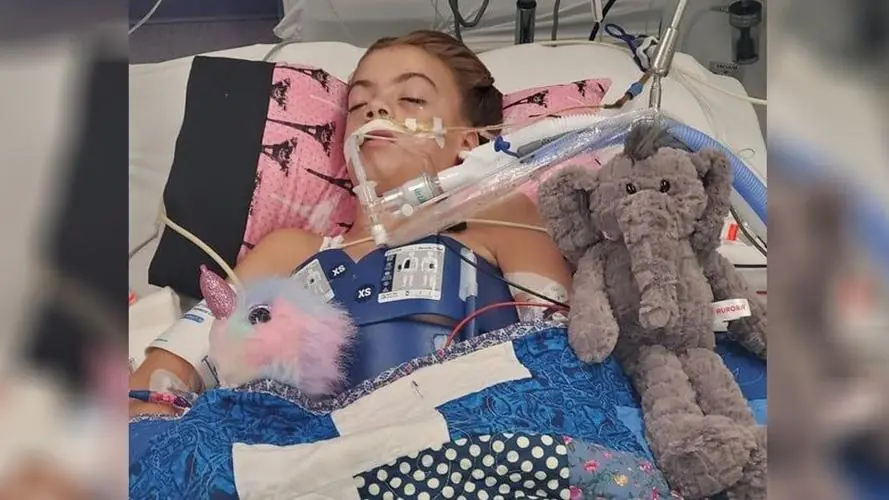
Horrifying simulation shows life-threatening impact of drinking too much water and how it can lead to death
Every day, we’re encouraged to drink more water - for health, energy, and balance. But a disturbing new YouTube simulation has shown just how dangerous overhydration can be - even fatal. It’s rare, but real. In some extreme cases, drinking too much water can lead to brain swelling, coma, and d:eath. This article unpacks the science, shares shocking real-life examples, and explains why moderation truly is key.
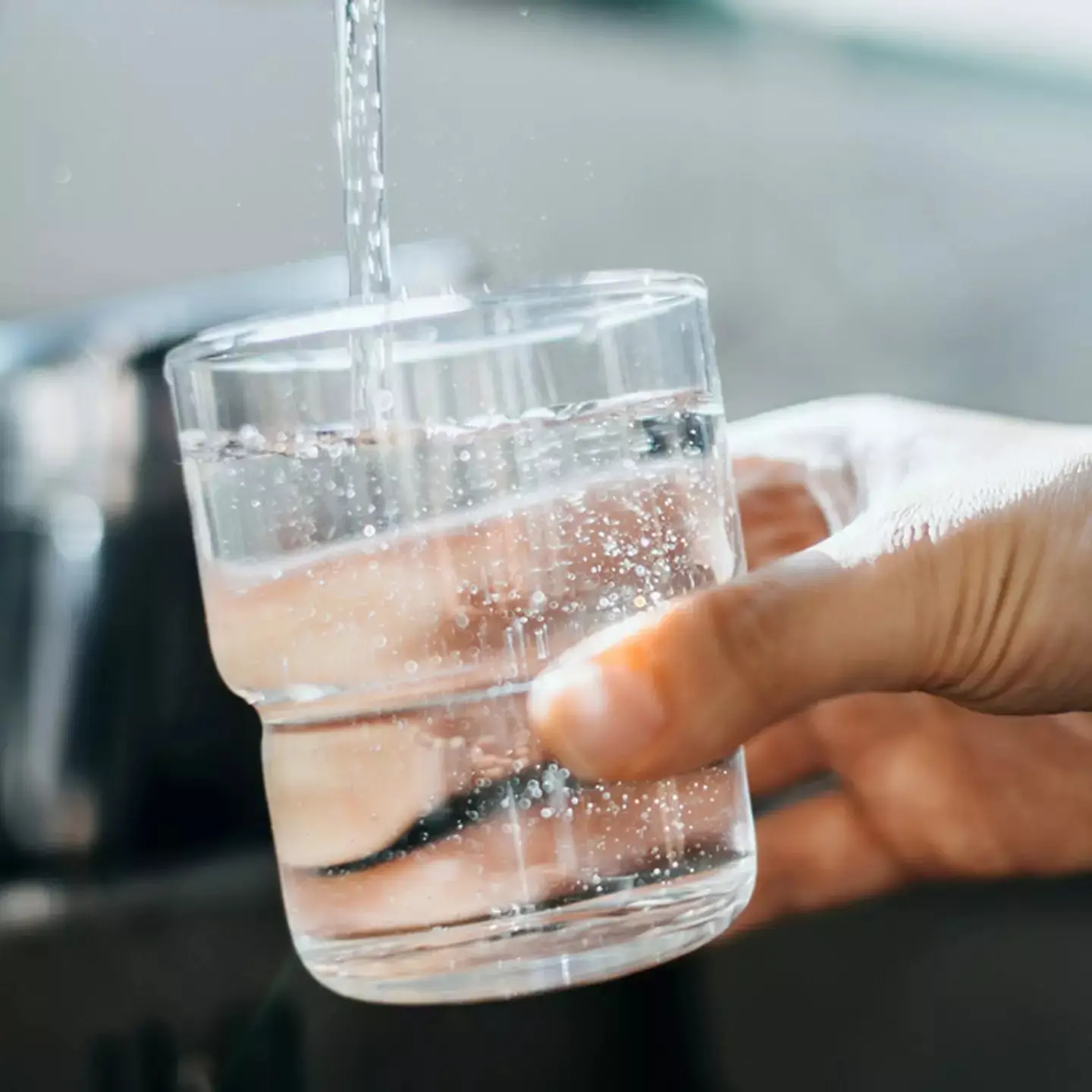
The Viral Simulation That Sparked Fear
A recent clip from Zack D. Films - a popular science-focused YouTube channel - visually demonstrates what happens when someone consumes roughly six liters of water over just a few hours. According to the narration: “If you drink too much water, the excess will fill up your stomach and get absorbed into your bloodstream… eventually causing your brain cells to swell up, pushing your brain into your skull and increasing pressure. You could go into a coma and die.”
After viewers watched the simulation, many expressed alarm. Comments like “New fear unlocked: Drinking too much water” and “So technically, we need water to survive, but if we have too much… we die” flooded social media.
The Biology of Water Intoxication (Hyponatremia)
The condition depicted isn’t fiction - it’s called water intoxication or dilutional hyponatremia, where excessive water intake dilutes sodium in the blood to dangerous levels (<135 mmol/L). This causes water to enter cells, leading to swelling - especially in the brain.
Healthy kidneys can excrete up to 15–20 liters of water per day, but only about 0.8–1 liter per hour. Drinking six liters in a few hours can overwhelm normal elimination capacity.
Real-Life Tragedies: When Water Turns Deadly
Jennifer Strange – “Hold Your Wee for a Wii” (2007)
The most infamous case involved 28-year-old Jennifer Strange, who died after a radio contest in Sacramento where participants drank excessive water to win a Nintendo Wii. Strange consumed nearly two gallons (7.6 L) over three hours. She complained of pain, fatigue, and headache before collapsing and later dying at home. Investigators ruled her d:eath “consistent with water intoxication”.
Despite bystander warnings - including from a nurse - the station DJs minimized concerns. Strange’s family later won $16.5 million in wrongful d:eath damages, and several radio staff were fired.
Other documented incidents
- Leah Betts (UK, 1995): Drank 7 liters in 90 minutes after MDMA ingestion, leading to fatal brain swelling. Her d:eath spotlighted the risk of overhydration in drug settings.
- Fraternity hazing & endurance sports: Forced water drinking during hazings and Marathon runners drinking excess fluids have also resulted in hyponatremia-related emergencies and even d:eaths. About 16% of Boston Marathon runners experienced hyponatremia.
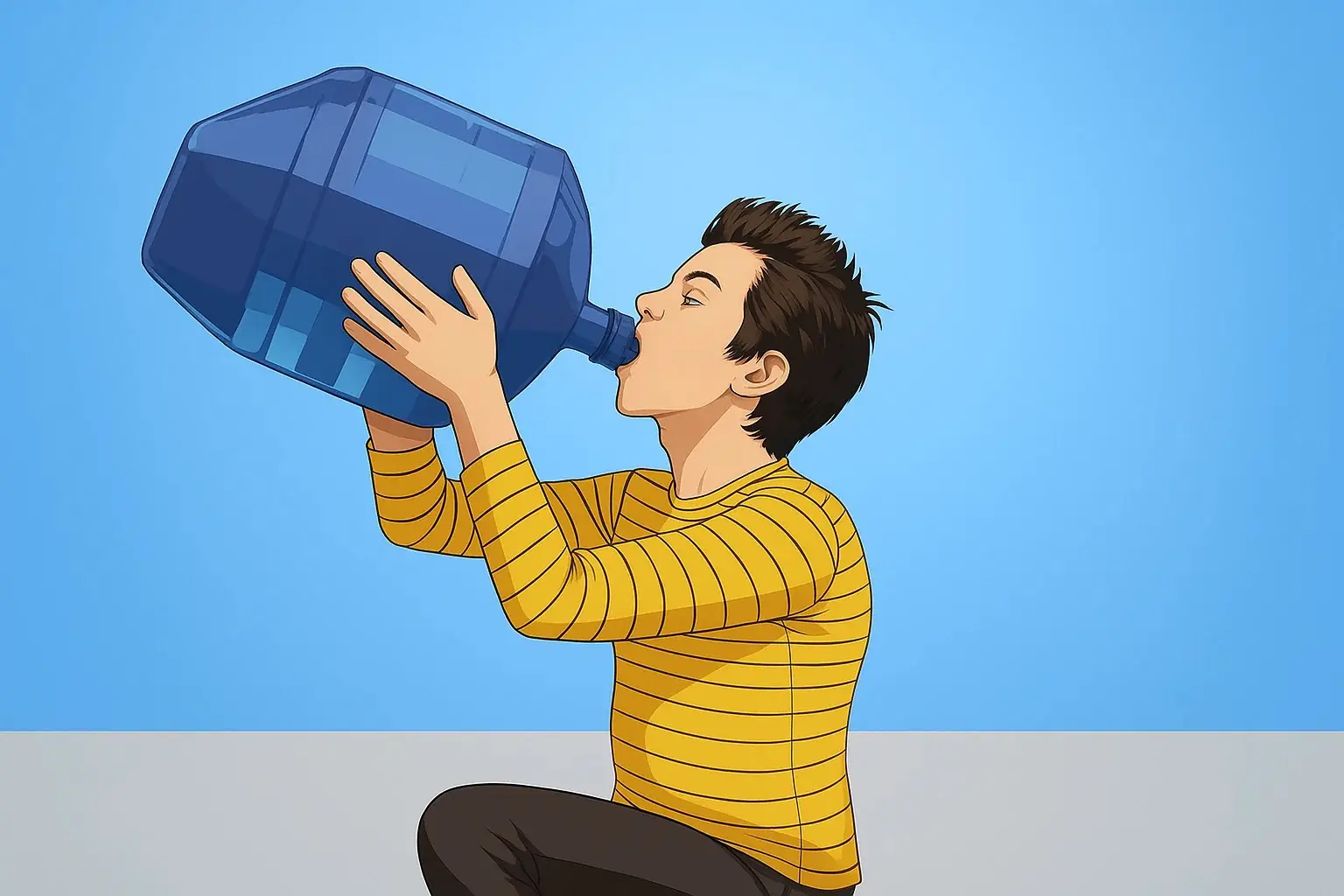
Why Overhydration Happens
- Drinking contests or stunts encourage dangerous intake.
- Athletes or club-goers replace sweat loss, unaware of electrolyte depletion or impaired ADH from substances like MDMA
- Psychogenic polydipsia (excessive water intake linked to psychiatric conditions).
- Misguided rehydration instructions, especially during intense heat or recovery events.
Recognizing Symptoms and When to Act
If someone drinks too much water rapidly and shows any of the following, seek medical help:
- Nausea, vomiting, headache
- Bloating, swelling in hands/feet
- Muscle weakness, confusion or irritability
- Seizures, unconsciousness
Medical intervention may include IV hypertonic saline (e.g. 3% NaCl) to slowly restore sodium levels. Rapid correction too fast can also be harmful.
How Much Water Is Too Much?
While everyone's fluid needs vary by weight, activity, and environment, 6 liters over a few hours can still overwhelm even healthy kidneys. The NHS suggests 2–2.5 liters daily - not consumed all at once.
Lessons Learned: Hydration Without Hazard
Stay safe by following these guidelines:
- Drink according to thirst, not contests or arbitrary goals.
- Avoid rapid consumption of several liters in a short span.
- Replenish with electrolyte-containing beverages, especially during heavy sweating.
- Be cautious with substances like MDMA, which affect fluid balance.
- Teach children and others about the hidden dangers of overhydration.
Why This Rare Condition Needs More Awareness
Medical professionals report that even some first responders are unaware of hyperacute water loading and hyponatremia (HAWLAH) - a form of poisoning where normal excretory mechanisms are overwhelmed, leading to fatal hyponatremia without any kidney malfunction.
Public education on this rare but deadly risk remains low - and as these cases show, fatalities can result when curiosity or competition overrides caution.
Final Thoughts: The Poisonous Paradox of Water
Water is essential - but there is such a thing as too much. These simulations, tragic stories, and medical data remind us that moderation matters.
- Tiny cells can’t expand inside a rigid skull. When brain tissue swells, it can’t escape.
- Our best defense? Awareness. Drinking with intention, not fear - with electrolytes when appropriate.
- Moderation = survival in more ways than one.
As the viral simulation reminds us, the difference between hydration and hazard is all in the dose and the timing.
News in the same category


World-First Gene Therapy Restores Sight to Boy Born Blind

A Warning About The ‘Worst Thing’ That People Should Never Do When Awakening in the Night

Cancer Breakthrough: Scientists Discover Protein That Puts Tumors to Sleep!
With promising results in preclinical trials and a growing understanding of the tumor microenvironment, type III collagen may become a key player in the fight against cancer - not by eradicating it, but by keeping it permanently asleep.

The Amazing Health Benefits and Uses of Castor Oil

Evidence-Based Health Benefits of Raw, Pure, Natural Honey + Turmeric Golden Honey Recipe
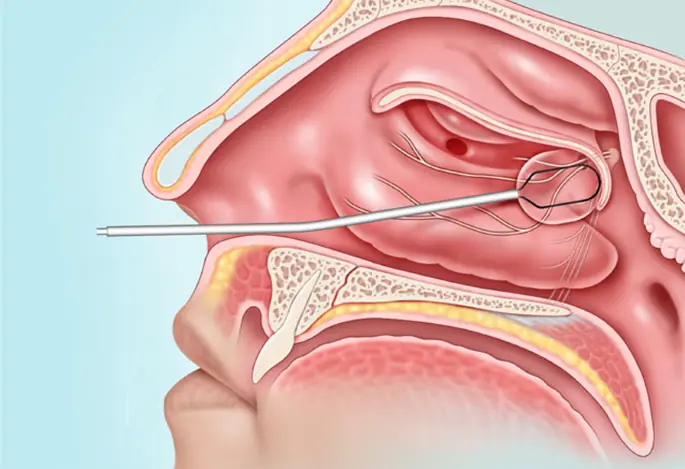
Home Remedies for Blocked and Stuffy Nose

Heart surgeon shares four daily habits to avoid for better health
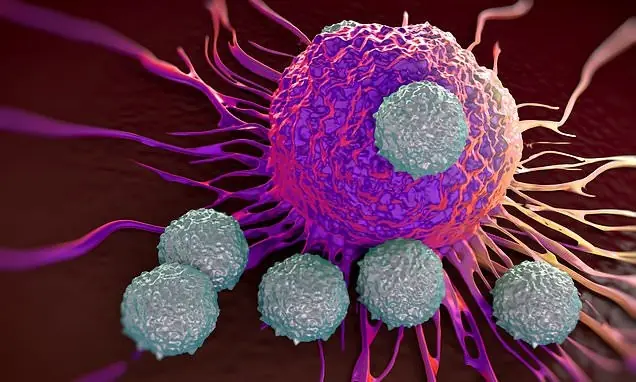
Discover 20 signs of cancer that most women ignore
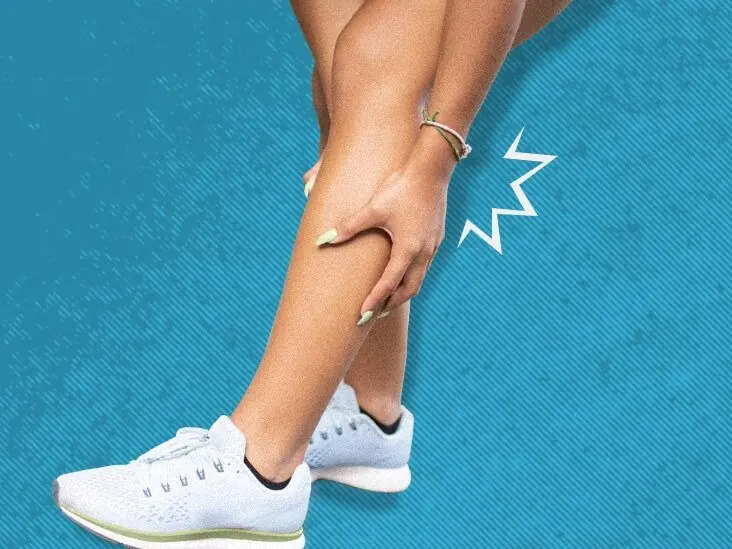
Essential vitamins for strong and cramp-free legs
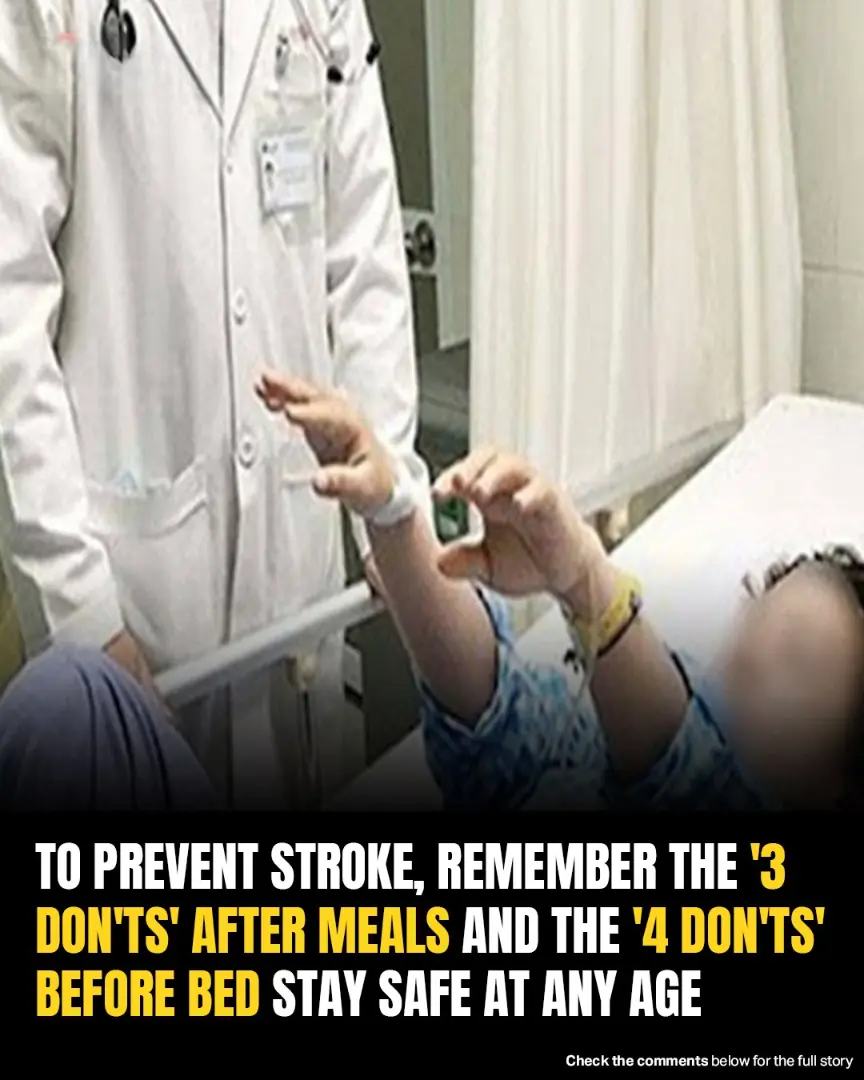
Preventing Stroke At Any Age: 3 “Don’ts” After Meals—And 4 “Don’ts” Before Bed
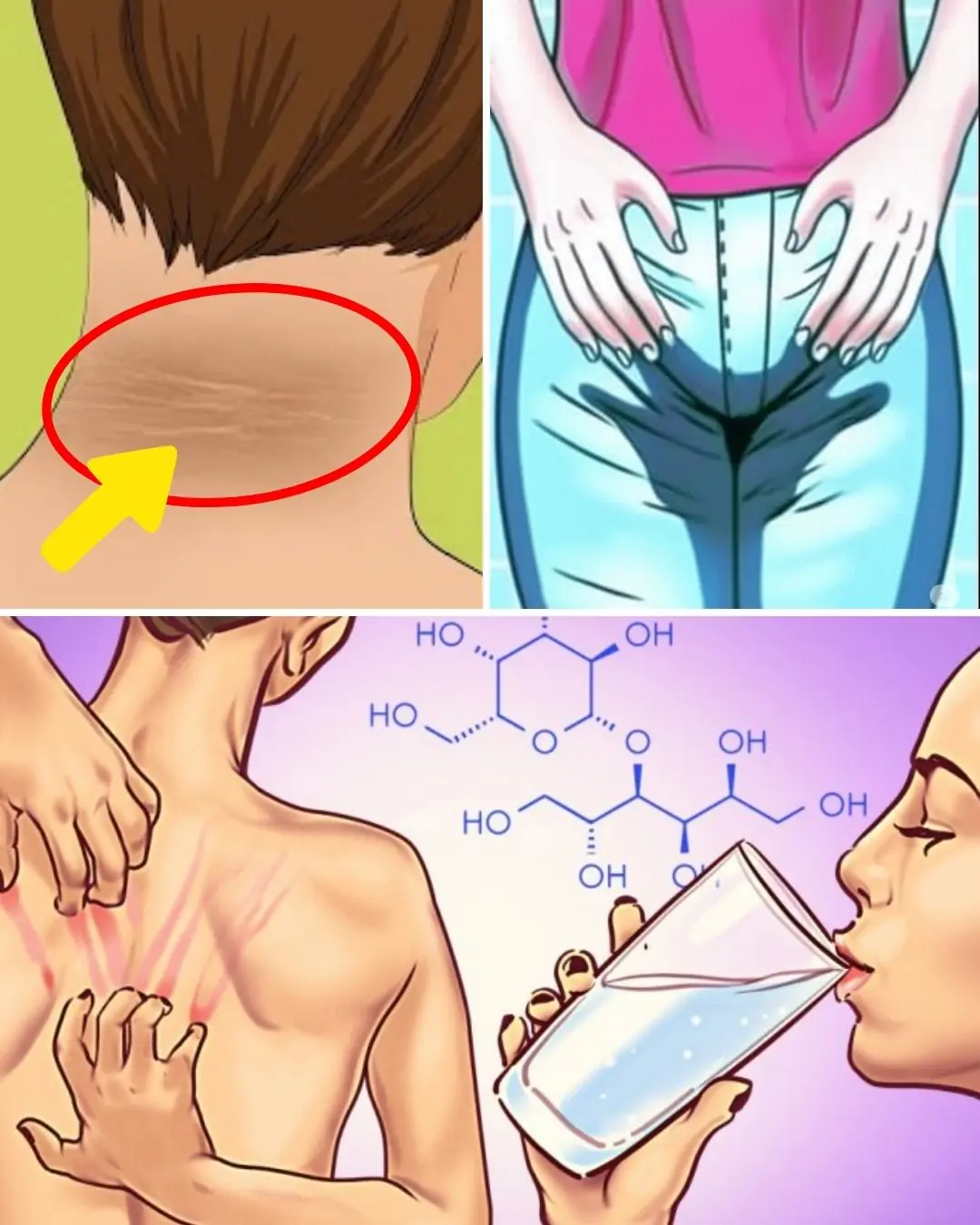
8 Signs That Indicate You Have Too Much Sugar

America’s Smile at Risk: The Terrifying Truth About a Fluoride-Free Future
If fluoride is removed from water supplies without viable alternatives in place, millions of Americans-especially children-may suffer the consequences in the form of increased cavities, dental pain, and long-term health impacts.

New Hope for Millions: Revolutionary Drug Could "Bring Brain Back To Life' And Fight Parkinson’s
This new development is part of a broader shift in how scientists approach neurological diseases. Instead of focusing solely on halting degeneration, researchers are increasingly exploring neuroregeneration - ways to repair or replace damaged cells and re

Go to Bed Hungry and Wake Up Smarter? New Research Says Yes!
The idea that mild hunger might optimize the sleeping brain’s rhythm is both surprising and deeply intriguing.
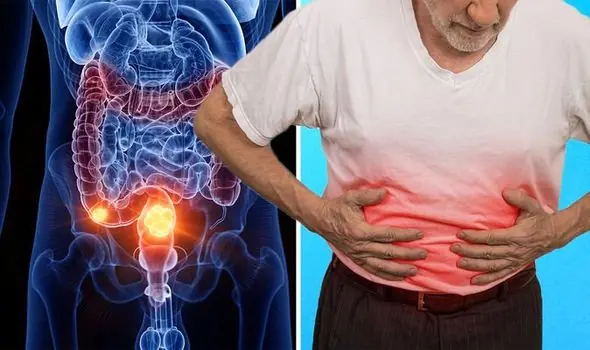
'Healthy' 38-Year-Old Shares His Only Bowel Cancer Symptom — And It Wasn't Blood in the Loo

The First-Ever Recording of a Dying Brain May Reveal Our Last Thoughts
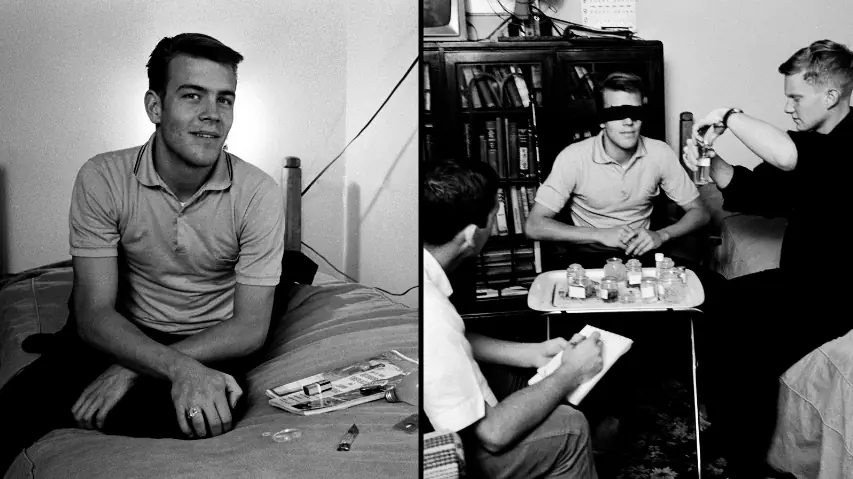
Man Reveals Terrifying Toll After 11 Days Without Sleep: The Randy Gardner Story
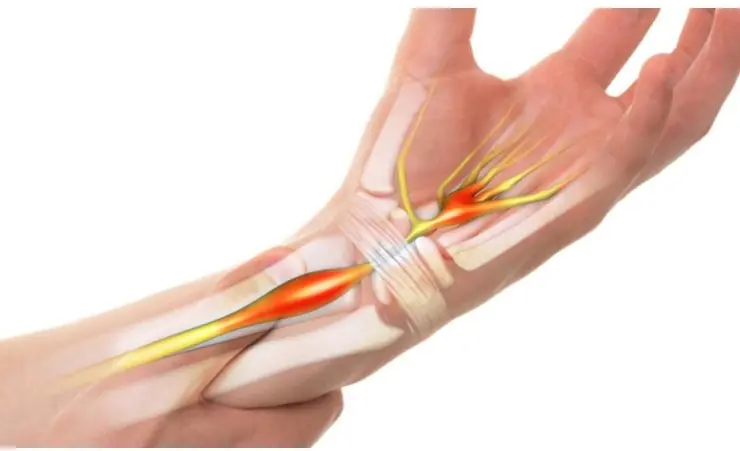
Waking Up with Numb or Tingling Hands: What It Really Means (Science-Based)
News Post
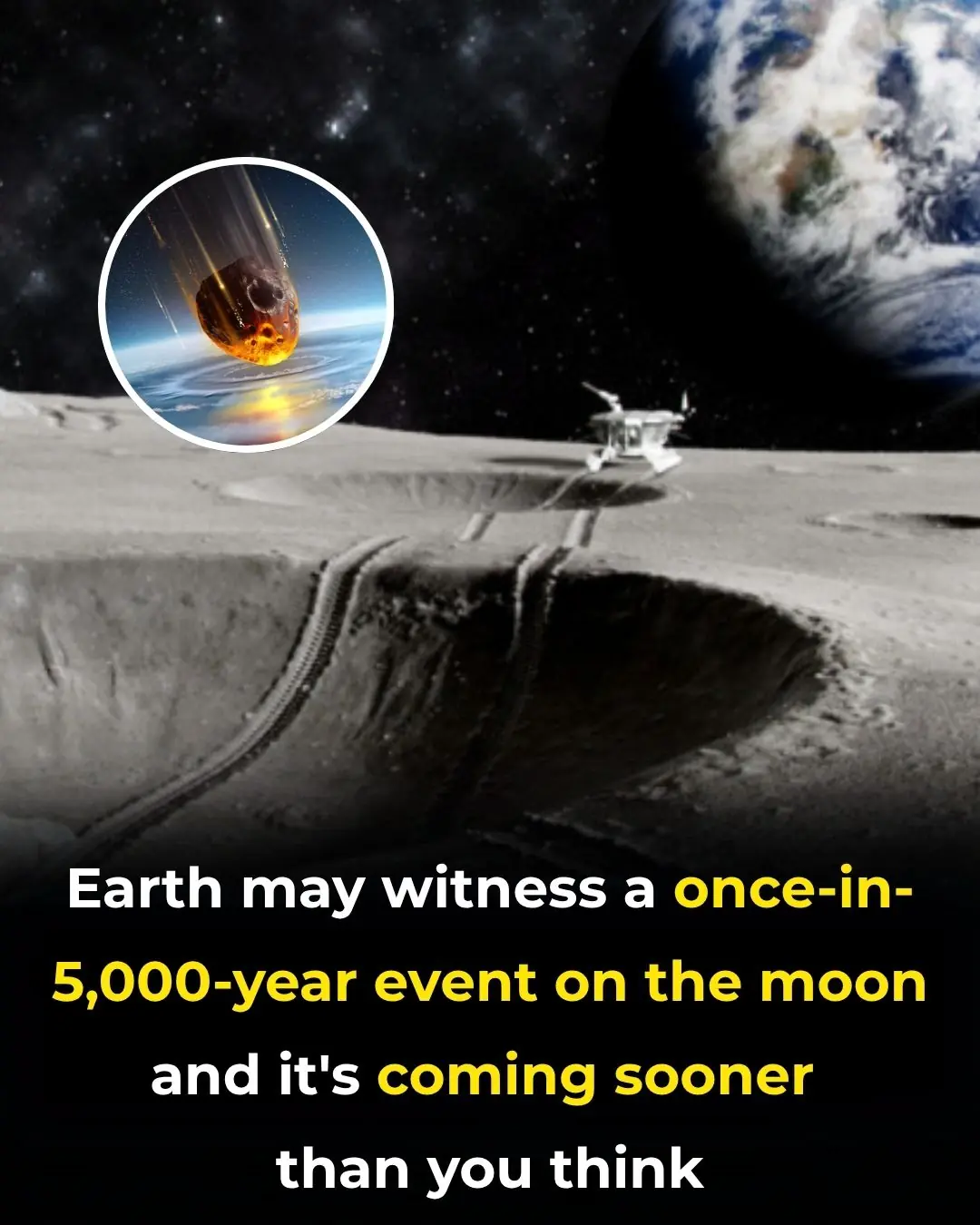
Earth may witness a once-in-5,000-year event on the moon and it's coming sooner than you think

AI is willing to kill humans to avoid shutdown as chilling new report identifies 'malicious' behaviour

Horrifying simulation details exactly how cancer develops in the body

Elon Musk slammed for posting creepy video of 'most dangerous invention to ever exist'

Indiana Boy, 8, Dies Hours After Contracting Rare Brain Infection At School

World-First Gene Therapy Restores Sight to Boy Born Blind

World’s Rarest Blood Type Discovered—Only One Woman Has It
The woman with Gwada negative blood may not be famous, but her existence has already made an indelible mark on medical science.

A Warning About The ‘Worst Thing’ That People Should Never Do When Awakening in the Night

Columbia Student Suspended After Creating AI That Helps You Cheat Your Way to a Six-Figure Job!
Despite being out of school, he remains optimistic about the future. With growing venture capital support and rising user demand, Cluely may be on track to become a key player in the next wave of controversial tech startups.

100-foot ‘doomsday’ mega tsunami could obliterate US West Coast at any moment

How a huge ancient forest was discovered 630 feet down secret sinkhole in China

100 Million Americans at Risk from Brain-Eating Parasite, Experts Warn
By understanding this parasite, improving detection, and emphasizing prevention, we can mitigate these risks

Woman who "died for 17 minutes" shares unimaginable reality of what she saw when her heart stopped beating
Victoria’s story transcends the ordinary—she experienced clinical death, returned with clarity, and then learned of a rare genetic disease that nearly killed her again. Yet today, she thrives.

A Test of Love and Money: How One Man’s Hidden Life Led to a Surprising Proposal
Nina thought she knew everything about Andrei, but when she discovered his secretive behavior, doubts began to creep in. After a series of expensive surprises and mysterious encounters, Nina’s curiosity led her to uncover the truth about Andrei’s doub

What She Heard When She Came Home Early Left Her Stunned: A Secret Conversation Between Husband and Mother
Diana always felt she had been exceptionally fortunate. Raised in a family of entrepreneurs, she had everything she needed and more.

Boss Crosses the Line: Waitress Forced to Strip in Front of Everyone to Prove She’s Not a Thi3f
Mikhail woke up suddenly, drenched in cold sweat. That same cursed dream again. It had once been rare, but now it was a constant presence in his nights.

I Left Lena, Thinking She Would Always Be the Same – But When I Saw Her Again, I Was Overcome with Envy
After years of frustration and emotional turmoil, Oleg finds himself facing a harsh reality: the woman he once loved has moved on, flourishing without him. When they unexpectedly cross paths again, Oleg is confronted with the woman he never expected to se

I Gave My All to Care for My Sick Mother, But Her Will Left Me With Nothing
I had been there for my mother every step of the way, caring for her through her final days, giving up everything to ensure she wasn’t alone. Yet, when the will was read, I found myself with nothing. The betrayal stung, but the truth behind her decision
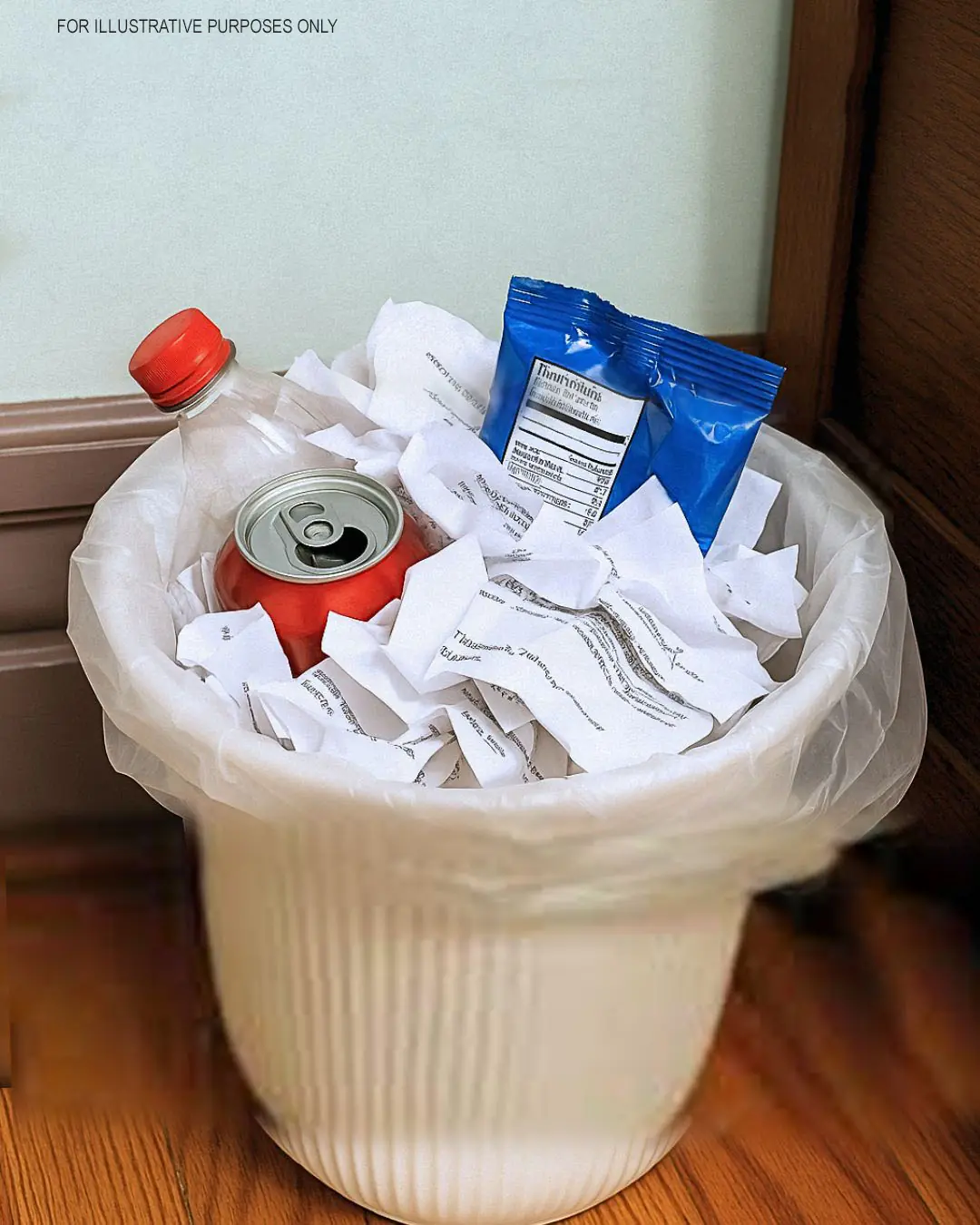
I Discovered a Hidden Document in the Trash – My Husband and MIL Made a Huge Deal Behind My Back While I Was Fighting for My Life
When Maria overhears a mysterious conversation between her husband and mother-in-law, she discovers a torn document that leads to an unexpected revelation. Struggling with cancer and fearing betrayal, Maria is about to uncover something that will change e

My Stepmother Kicked Me Out Right After My Father Died – The Next Morning, SUVs Started Appearing at Her Door
When Ellie loses her father, she expects to face grief, not betrayal. Kicked out of her childhood home by a woman who never truly accepted her, Ellie makes one desperate call. But what she gets on the other end isn’t sympathy—it's a revelation. The ne